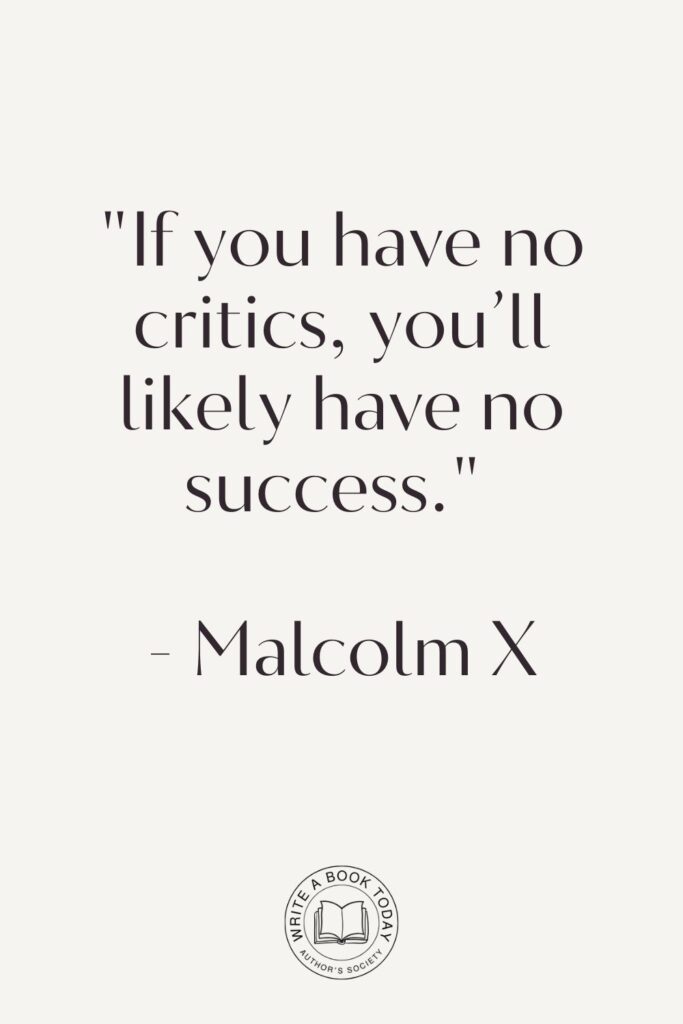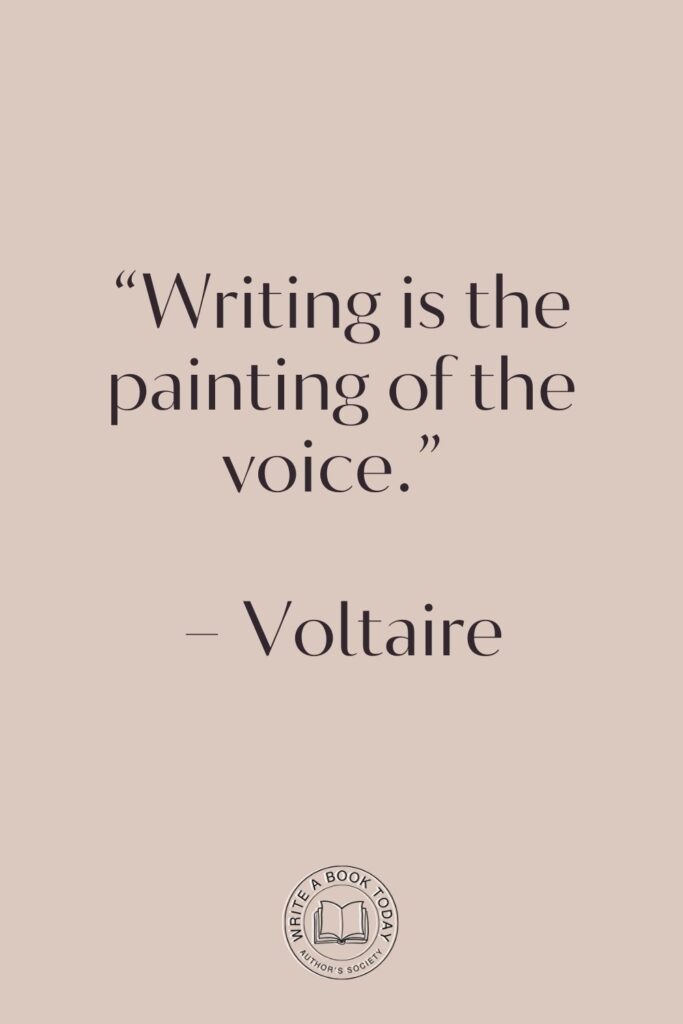Have you ever paused to ponder the power of a well-crafted author bio? It’s more than just a few lines about your writing journey; it’s a gateway to connect with readers, publishers, and fellow writers. Imagine your bio as a handshake at a bustling literary event, offering a glimpse into who you are and why your words matter.
As we delve into the author bio essentials, you’ll discover how these elements can transform your bio from a mundane list into a captivating narrative that resonates with your audience.
Understanding the Importance of Your Author Bio
An engaging author bio is an essential tool in your writer’s toolkit. It not only introduces you to potential readers but also establishes your credibility and authority in the literary world.
Whether you’re a budding novelist or a seasoned journalist, a well-crafted bio can open doors to new opportunities and foster connections within the writing community.
Why Every Writer Needs an Author Bio
Every writer, regardless of their stage in the career, needs an author bio. It’s like a personal branding statement that tells your story in a concise yet compelling way. Imagine a reader stumbling upon your work online or in a bookstore.
Your bio is their first introduction to you, and it could be the deciding factor in whether they choose to engage further with your work. A strong bio builds trust and intrigue, making readers want to explore your writing more deeply.
To make your author bio truly stand out, focus on clarity and brevity. Avoid long-winded sentences and jargon that might confuse or bore your audience. Instead, use simple language that effectively communicates your achievements and personality.
Remember, your bio is often the first impression readers have of you, so make it count!
Connecting with Your Audience Through Your Bio
Your author bio is not just about listing your accolades; it’s about forming a connection with your audience. Readers want to know the person behind the words, so infusing your bio with a personal touch can make all the difference.
Consider sharing a quirky fact, a passion outside of writing, or a brief anecdote that offers insight into your life. This humanizes your bio and invites readers into your world, making them more likely to engage with your work.
Furthermore, your bio should reflect your unique voice and style. If your writing is humorous, let that shine through in your bio. If you write suspenseful thrillers, add a hint of mystery to your introduction. By aligning your bio with your writing style, you create a cohesive brand that readers will remember.

5 Essential Elements of an Author Bio
1. A Strong Opening Statement
The opening line of your author bio is crucial. It’s your chance to hook the reader and set the tone for what’s to follow. Consider starting with a bold statement, an intriguing question, or a captivating fact about your writing journey.
This initial sentence should encapsulate your essence as a writer and entice readers to learn more about you. Crafting a strong opening statement is all about balance. You want to grab attention without being overly dramatic or misleading.
Use a statement that reflects your genuine passion for writing and hints at your unique perspective. This will draw readers in and encourage them to explore the rest of your bio with interest.
2. Your Writing Background and Achievements
This section is where you showcase your credentials and accomplishments. Whether you’ve published multiple novels, contributed to prestigious journals, or received awards, this is the place to highlight your professional milestones.
However, it’s important to present this information in a way that’s engaging rather than boastful. Consider weaving your achievements into a narrative that reflects your growth as a writer.
- Include notable publications and awards
- Mention any relevant educational background
- Highlight unique experiences that shaped your writing
Feeling lost with your debut novel?
Fiverr Pro connects you with expert editors, designers, and marketers – everything you need to get your book ready for success!

3. Personal Touch: Hobbies and Interests
Adding a personal touch to your author bio can make you more relatable to your readers. Sharing a bit about your hobbies, interests, or life outside of writing helps paint a fuller picture of who you are.
Perhaps you’re an avid traveler who finds inspiration in different cultures, or maybe you’re a coffee enthusiast who writes best in cozy cafes. These details create a connection with readers who may share similar interests.
| Hobby/Interest | How it Influences Your Writing |
|---|---|
| Traveling | Inspires diverse settings and characters |
| Photography | Enhances descriptive imagery in writing |
| Cooking | Provides metaphors and themes for stories |
4. Your Unique Voice and Style
Your author bio should reflect the unique voice and style that defines your writing. If your books are filled with witty humor, let that playfulness shine through in your bio. If your work is more serious and introspective, your bio should mirror that tone.
Consistency between your bio and your writing style reinforces your brand and makes your work more memorable.
Moreover, maintaining a distinctive style in your bio helps differentiate you from other authors. Think of it as your literary fingerprint—something that sets you apart and leaves a lasting impression on readers. Don’t be afraid to infuse your bio with the same creativity and flair that characterizes your writing.

5. Call to Action: What’s Next for Readers?
A compelling author bio often concludes with a call to action. This invites readers to engage further with your work, whether that’s by checking out your latest book, visiting your website, or following you on social media.
A clear and inviting call to action encourages readers to take the next step in their journey with you, turning passive interest into active engagement.
Crafting an effective call to action involves striking the right balance between enthusiasm and subtlety. Clearly state what you want readers to do, but avoid being pushy or salesy. Use inviting language that makes the reader feel excited about exploring more of your work.
Crafting Your Author Bio: Writing Tips
Writing an engaging author bio requires a blend of creativity and strategy. It’s important to approach this task with the same care and attention to detail as you would any piece of writing.
By considering the language, tone, and overall structure of your bio, you can craft a narrative that truly represents who you are as a writer.
Google Docs is for notes. Scrivener is for novels. Upgrade your writing game and try it for free today!

Using Engaging Language and Tone
The language and tone you use in your author bio should reflect your personality and writing style. Engaging language captivates the reader and keeps them interested in your story. Avoid overly formal or complex language that might alienate readers. Instead, aim for a conversational tone that feels approachable and genuine.
Additionally, consider using vivid language that paints a picture of your journey as a writer. Metaphors, similes, and other figurative language can make your bio more dynamic and memorable. The goal is to create a narrative that resonates with readers and invites them into your world.
Avoiding Common Pitfalls in Author Bios
When crafting your author bio, it’s important to steer clear of common pitfalls that can undermine its effectiveness.
One common mistake is being too vague or generic. Your bio should be specific and unique to you, offering insights that can’t be found in anyone else’s narrative. Avoid using clichés or overused phrases that fail to capture your individuality.
Another pitfall is focusing too much on self-promotion. While it’s important to highlight your achievements, your bio should not read like a sales pitch. Strive for a balance between showcasing your credentials and sharing personal anecdotes that humanize your story.
The Role of Feedback and Revisions
Feedback and revisions are crucial components of crafting a successful author bio. Just as you would seek feedback on your writing, it’s valuable to get input on your bio from trusted peers or mentors. They can offer perspectives that you might not have considered and help you refine your narrative.
Revising your bio is an ongoing process. As your writing career evolves, so too should your bio.
Regularly updating it ensures that it accurately reflects your current achievements and goals. This keeps your bio fresh and relevant, ready to engage new readers and opportunities.
Real-Life Author Bio Examples for Inspiration
Looking at author bio examples from successful writers can provide valuable insights and inspiration. These examples demonstrate how different authors use their bios to connect with readers and convey their unique stories.
By analyzing these bios, you can identify elements that resonate with you and incorporate them into your own narrative.

Analyzing Successful Author Bios
Successful author bios often share common traits that make them stand out. They are concise yet comprehensive, offering a clear snapshot of the author’s career and personality. These bios often begin with a strong opening statement that captures attention, followed by a blend of professional achievements and personal anecdotes.
Furthermore, successful bios maintain a consistent tone that aligns with the author’s writing style. Whether humorous, poignant, or mysterious, the tone enhances the reader’s understanding of what to expect from the author’s work.
By analyzing these elements, you can gain a deeper understanding of what makes an author bio truly effective.
What Makes These Bios Stand Out?
The standout quality of successful author bios lies in their ability to tell a compelling story in just a few sentences. These bios go beyond mere lists of achievements, offering a glimpse into the author’s journey and passions. They are written with clarity and creativity, making them memorable and engaging.
Moreover, standout bios often include a personal touch that resonates with readers. This could be a unique hobby, a quirky fact, or a heartfelt motivation for writing. By sharing these elements, authors create a sense of connection and relatability that draws readers in.
Join the Conversation: Share Your Bio Journey
As you embark on the journey of crafting your own author bio, remember that you’re not alone. The writing community is filled with individuals who have navigated the same challenges and triumphs.
By sharing your experiences and insights, you contribute to a vibrant dialogue that enriches us all.
No marketing platform? No social following? No problem!
Publisher Rocket helps you market your debut novel like a pro.
It’s a gamechanger for debut authors – try it today!


Encouraging Community Engagement
Engaging with the writing community can provide valuable support and inspiration as you refine your author bio.
Consider joining online forums, attending workshops, or participating in writing groups where you can exchange ideas and feedback. By connecting with fellow writers, you gain new perspectives and encouragement to continue honing your craft.
Inviting Readers to Share Their Tips and Experiences
Your author bio journey is unique, and sharing it with others can foster a sense of camaraderie and learning.
Invite readers to share their own tips and experiences in the comments section or through social media. This creates a collaborative atmosphere where writers can learn from one another and celebrate each other’s successes.
Building a supportive network of fellow writers can be invaluable for your author bio journey. Reach out to peers for feedback and offer your insights in return. Collaborative efforts often lead to new ideas and improved writing, enriching both your bio and your overall writing career.
In conclusion, crafting an engaging author bio is an art that combines storytelling with strategic presentation.
By incorporating these author bio essentials, you can create a narrative that not only showcases your achievements but also connects with readers on a personal level. Embrace this opportunity to share your unique voice and invite readers into your world, forging lasting connections along the way.








